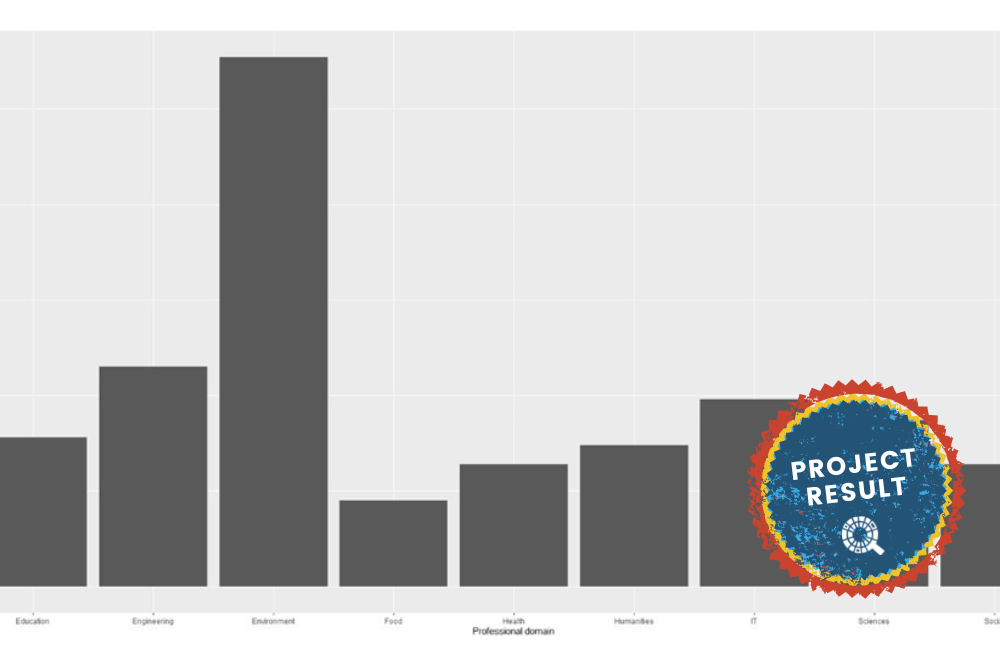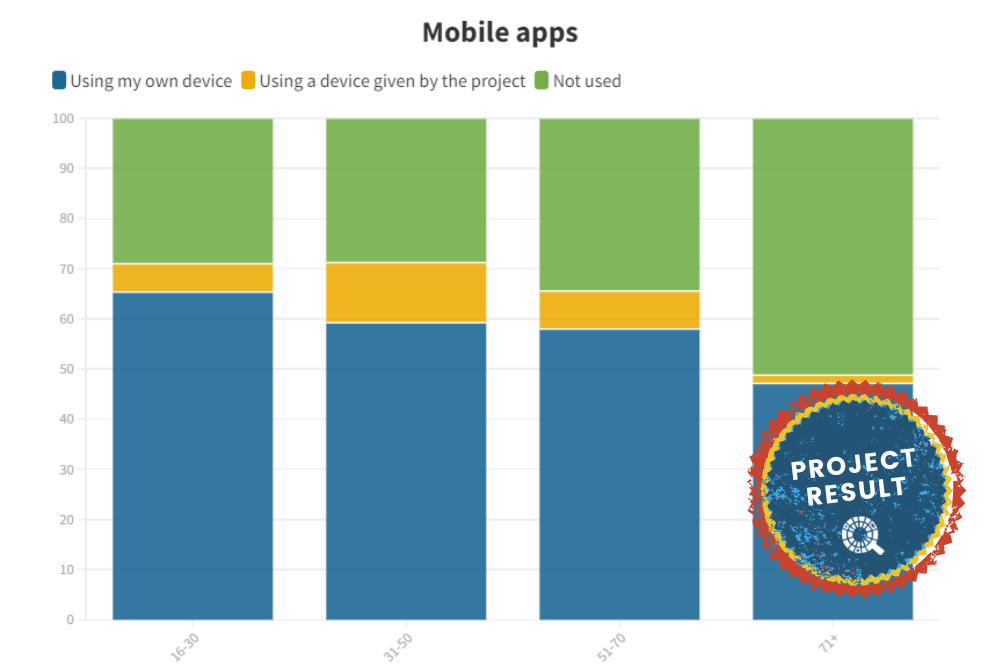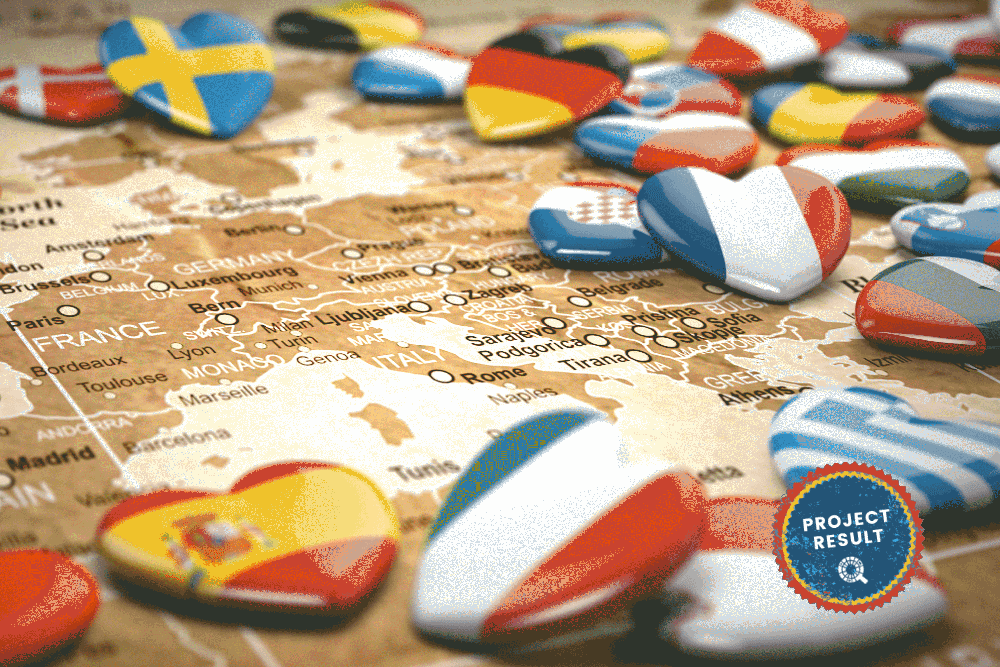“Biodiversity & Conservation” is the predominant research area on Zooniverse
“Remote Sensing” plays a crucial role for research in distributed CS projects
Recent studies and experience indicate that environmental sciences are a predominant research topic in the citizen science landscape. However, many of these analyses associate each single project only with one main research area. This neglects the multi-disciplinary nature of many projects, which is also reflected in the diversity of participant backgrounds, project consortia and the practical orientation of projects. Catlin-Groves (2012) points out a paradigm shift that results in “a new synthesis of disciplinary areas”. To address this issue, we follow an analytical approach to assess research areas based on public project descriptions of 218 Zooniverse projects. In contrast to counting only the primary field of research, this approach respects this multi-disciplinary nature of citizen science and aggregates multiple research areas, which draws a different picture of the citizen science landscape.
How to interpret this data
We analysed 218 project descriptions using text-analytics based on explicit semantic analysis (ESA). In contrast to prior research, we can assign multiple research areas to each project. The research areas are mapped using the web of science taxonomy, which consists of categories with several research areas in each category. Figure 1 shows the distribution of the top 20 research areas across all projects. Apart from “Biodiversity & Conservation”, “Remote Sensing” is a frequent area, which is plausible because many environmental projects also advance research and development in this area. Figure 2 presents the distribution over the five research categories.
References
Catlin-Groves, C. L. (2012). The citizen science landscape: from volunteers to citizen sensors and beyond. International Journal of Zoology, 2012.














